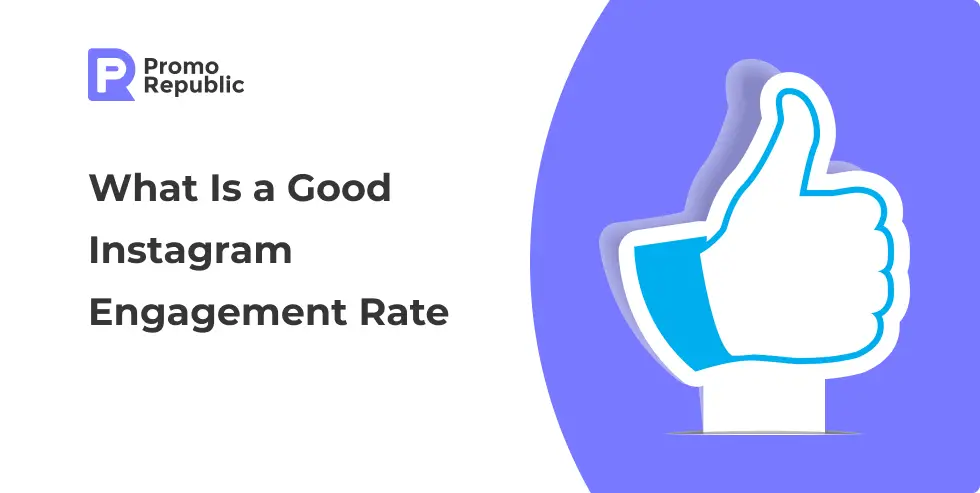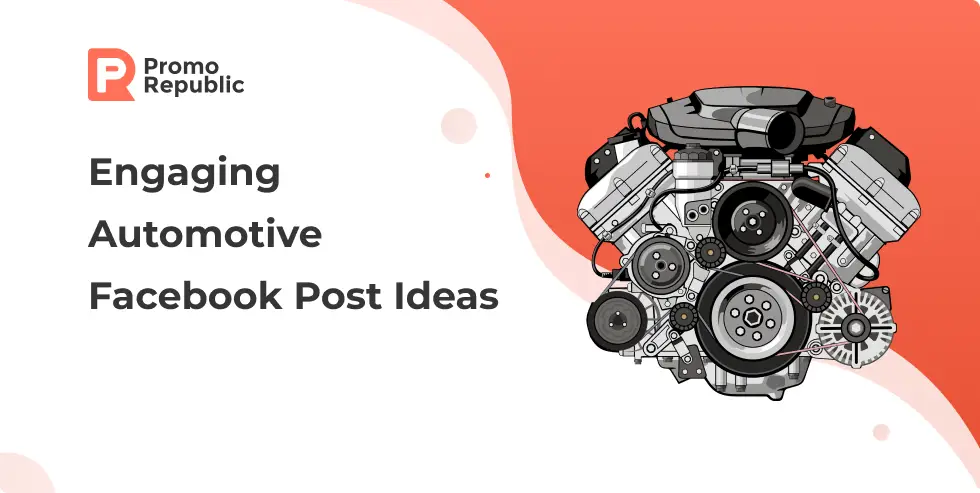-
Platform
Platform OverviewOne command center for local marketing performanceIntegrationsCentralize your stack for faster insights and measurable resultsWhy Us?Built for locDriving growth for 110+ enterprise and franchise networks worldwideal success -
Products
-
Who We Help
By business typeBrand GroupsUnify local marketing across brandsFranchise HQsStreamline marketing across franchiseesResellersRebrand our platform and sell it as your ownMulti-Location BrandsStreamline local marketing at scaleEmerging FranchisesOutshine big brands and expand fasterAgenciesDeliver local success for every clientBy industryRetailDrive sales with local campaignsRestaurants & QSRGrow foot traffic with social and reviewsHome ServicesWin more local bookingsFitnessAttract clients near youProperty ManagementHelp agents connect locallyEducation ServicesConnect with local customersWellness & BeautyBuild trust throght reviewsAutomotiveGet found in local search -
Resources
-
Platform
-
Products
-
Who We Help
-
Resources
- Pricing
-
Community
-
Platform
Platform OverviewOne command center for local marketing performanceIntegrationsCentralize your stack for faster insights and measurable resultsWhy Us?Built for locDriving growth for 110+ enterprise and franchise networks worldwideal success -
Products
-
Who We Help
By business typeBrand GroupsUnify local marketing across brandsFranchise HQsStreamline marketing across franchiseesResellersRebrand our platform and sell it as your ownMulti-Location BrandsStreamline local marketing at scaleEmerging FranchisesOutshine big brands and expand fasterAgenciesDeliver local success for every clientBy industryRetailDrive sales with local campaignsRestaurants & QSRGrow foot traffic with social and reviewsHome ServicesWin more local bookingsFitnessAttract clients near youProperty ManagementHelp agents connect locallyEducation ServicesConnect with local customersWellness & BeautyBuild trust throght reviewsAutomotiveGet found in local search -
Resources
What Are Chatbots [Why Should Marketers Care in 2021]
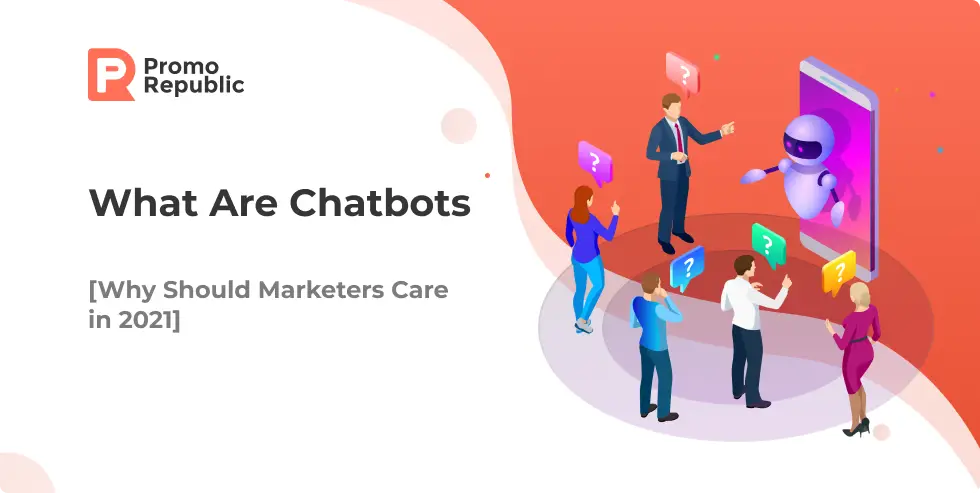
Chatbots or “conversational agents” are software applications that mimic written or spoken human speech to simulate a conversation with a real person. They can significantly improve interactions between people and brands, enhancing customer experience and engagement.
Today, chatbots are used most commonly in customer service, assuming roles traditionally performed by real people. You can even make your own chatbot simple drag-and-drop interfaces and use it in Facebook Messenger.
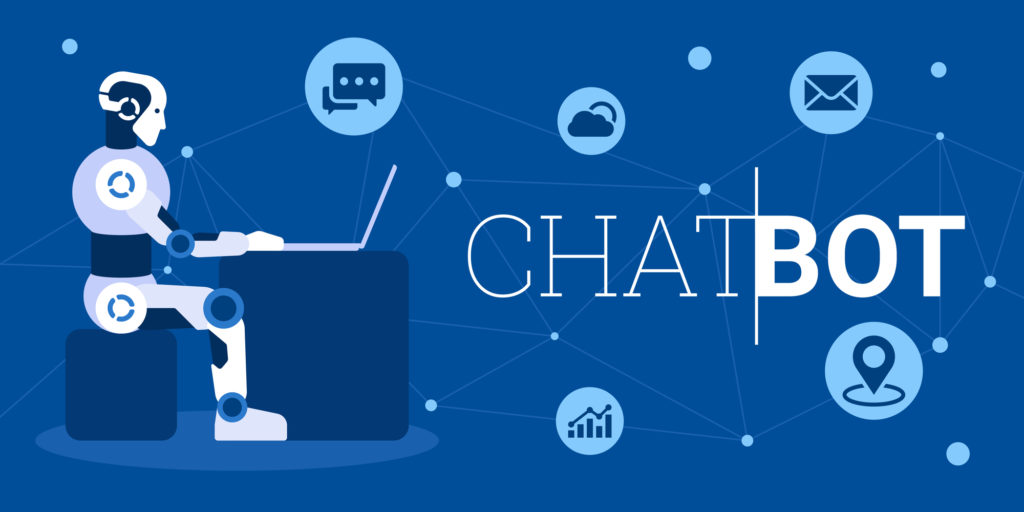
There are two main types of chatbots: open and closed.
- Open chatbots use artificial intelligence to process language and learn from their interactions with users. The problem here is that if they have not been adequately trained, there is a risk of a poor user experience.
- Closed chatbots execute a conversation flow or script that may or may not use artificial intelligence depending on how it evaluates user messages. They have a lower risk of poor user experience and can direct a conversation towards a specific goal or process.
Also, there are two types of chatbot configuration: directed conversations and free-form conversations.
- Directed conversations are where a chatbot guides people through a series of options and questions towards a particular goal — for example, a dialogue with a live person to finish the purchase.
- Free-form conversation gives people more control over the chat by letting them send messages without the chatbot restricting his options.
As you can see, chatbots can significantly improve the interactions between people and brands, enhancing customer experience. At the same time, companies get more engagement with a drastically reduced cost of communication services. But even in this case, to be successful, a chatbot should be able to perform tasks effectively.
Human support still plays the main role here because people can create and optimize chatbot dialogs or continue the communication with customers, which were led by the bot to almost the end of the sales funnel.
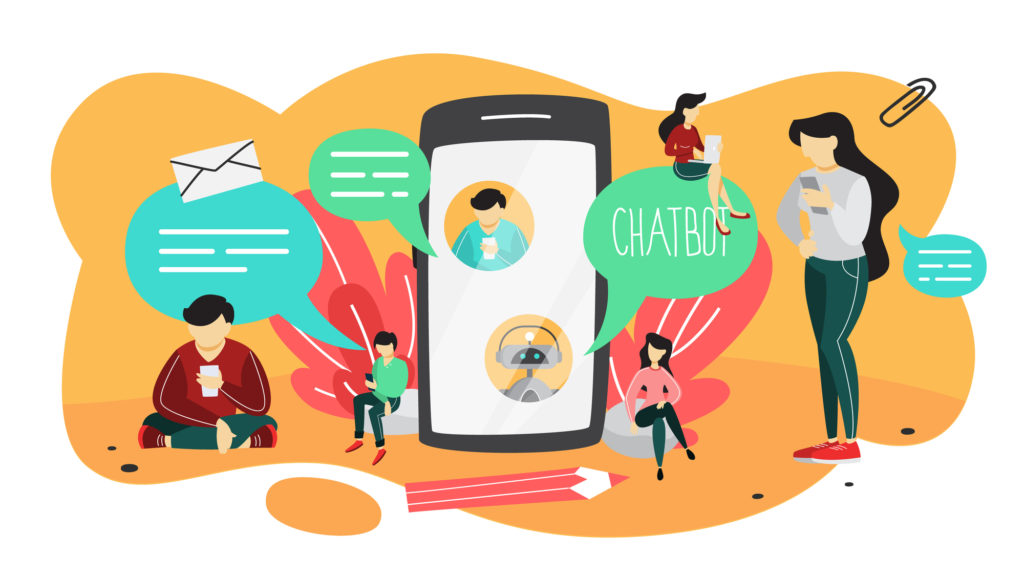
In most cases, chatbots are used to perform customer service functions in social networks, apps, and websites. They can collect registration data, provide some specific information, answer frequently asked questions, etc. For example, bots can ask customers to write their contact info such as email, phone, etc., and send that information to sales representatives so they can do follow-ups on the conversation. It makes interactions with services faster and more straightforward, generating better experiences for users.
But one of its most important features is that they are available 24/7. One chatbot can provide immediate answers to simultaneous users at once, even if it’s a simple question about a company, services, products, delivery, or payments.

Related articles
local marketing tips monthly
Enterprise: for multi-location and direct selling brands. Manage thousands of social media pages of your local distributors, partners, or franchisees.
Agency: for marketing agencies. Manage all your clients’ social media pages on one platform.






